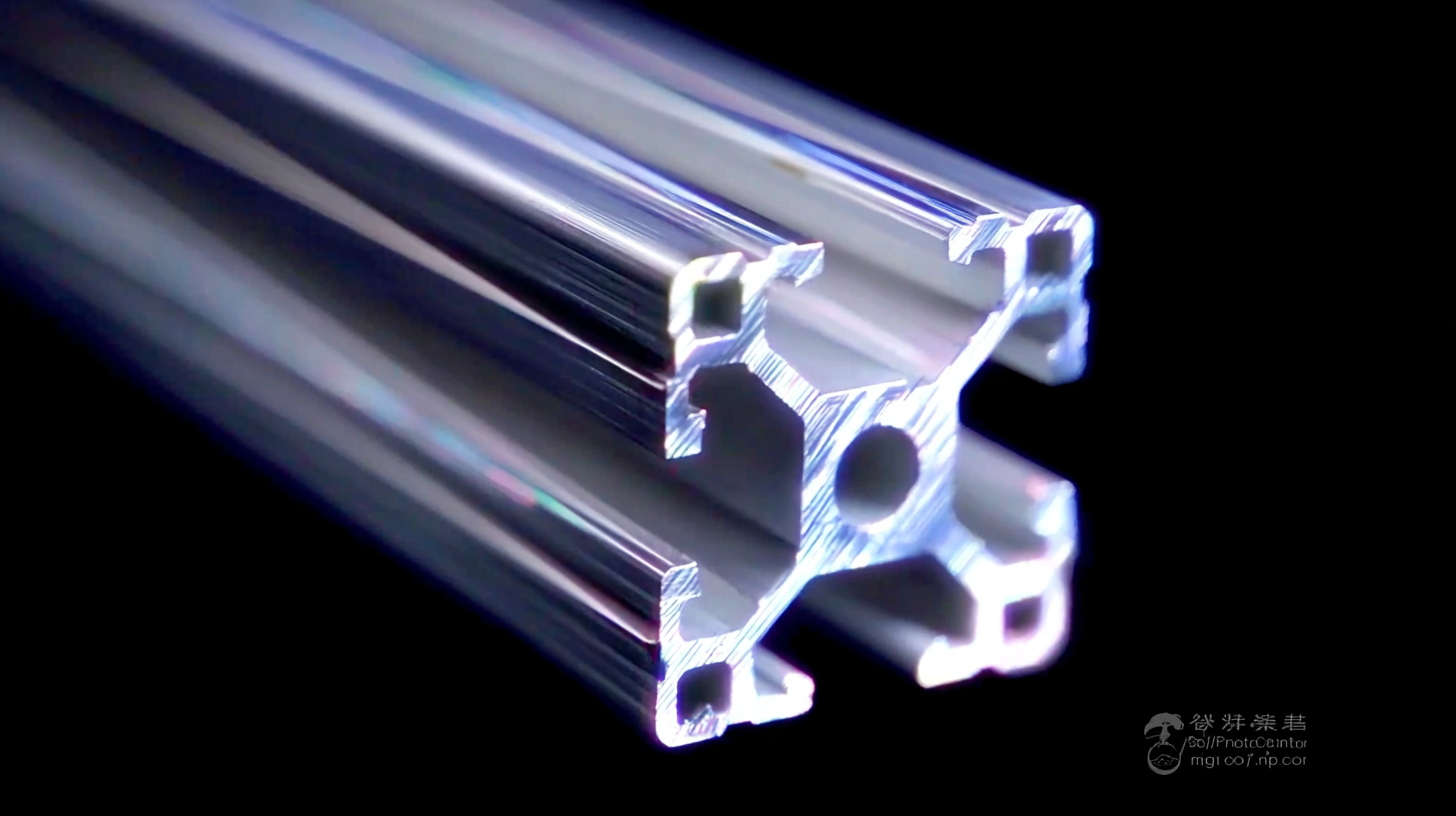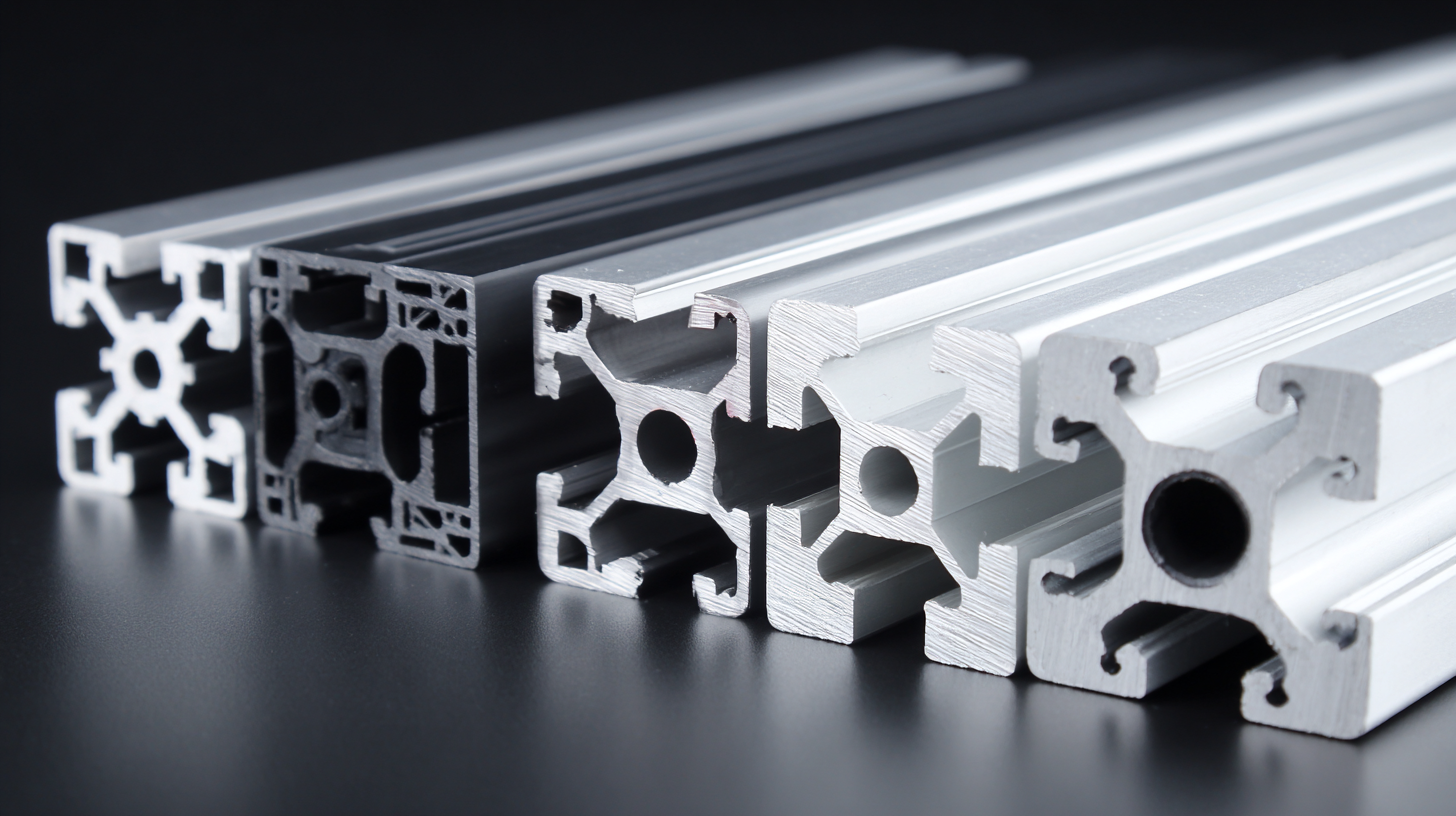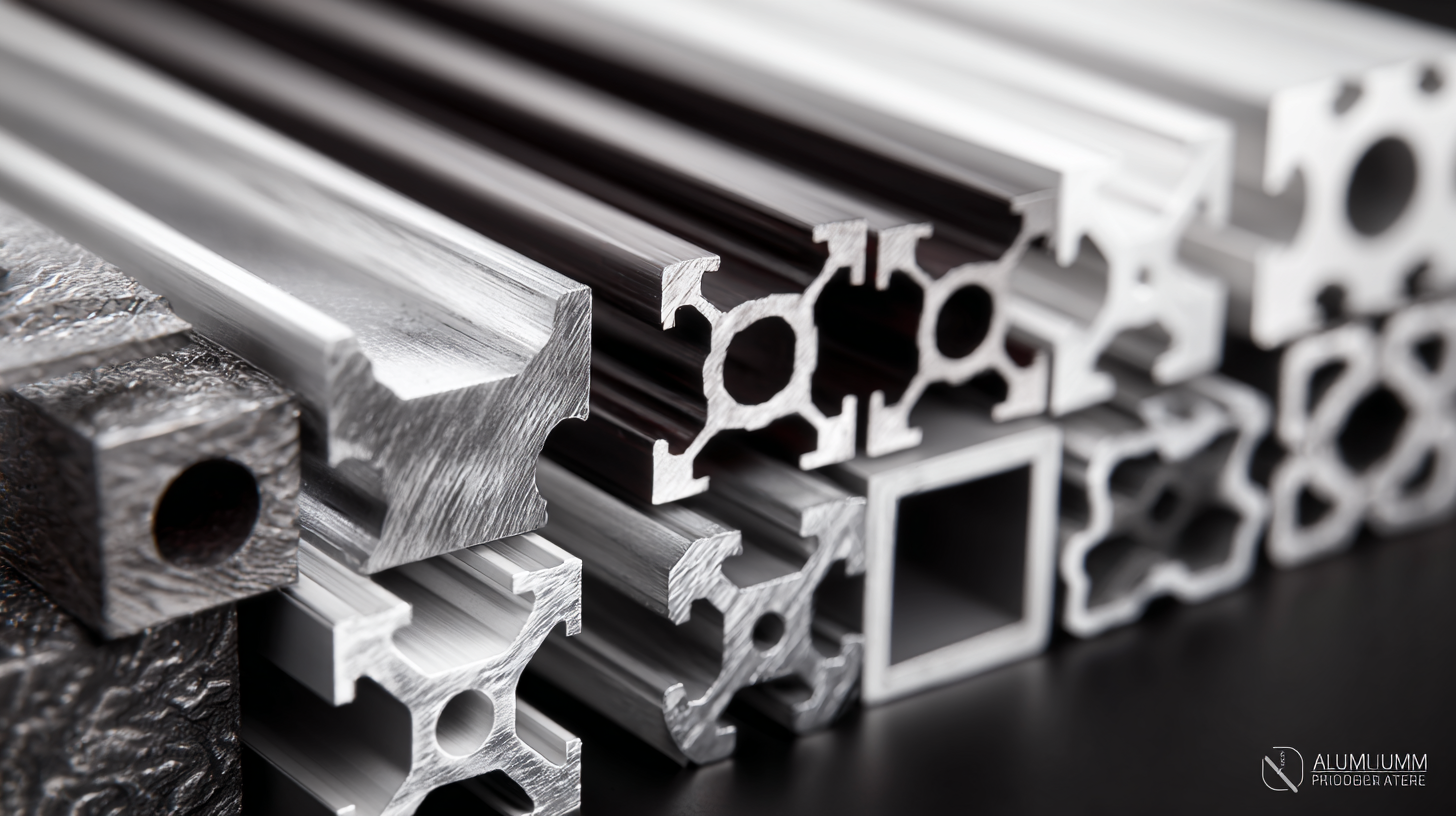As the demand for innovative and sustainable manufacturing solutions continues to rise, Aluminum Extrusion Profiles have emerged as a cornerstone in a variety of industrial applications. These versatile profiles are not only lightweight and durable but also offer remarkable flexibility in design and functionality, making them ideal for an array of sectors, from automotive to construction. In this blog, we will delve into the unique features of various Aluminum Extrusion Profiles, highlighting their specific characteristics and how they cater to different applications. With the tag "中国智造,全球热销,品质保证," we will explore how China's advanced manufacturing techniques are producing high-quality aluminum profiles that are gaining global popularity. By understanding these unique features, businesses can make informed decisions in selecting the right aluminum extrusion solutions to meet their operational demands.

Aluminum extrusion profiles are renowned for their versatility and can be tailored for various applications. One of the unique characteristics of these profiles is their excellent strength-to-weight ratio. According to a report by Allied Market Research, the global aluminum extrusion market is expected to reach $170 billion by 2026, primarily due to the increasing demand for lightweight materials across industries like automotive and construction. This strength-to-weight ratio makes aluminum extrusions ideal for structural components, where durability and efficiency are paramount.
Another distinctive feature of aluminum extrusion profiles is their ability to be customized in shape and size. The design flexibility allows for complex geometries that can cater to specific application needs, particularly in the architecture and electronics sectors. A study by Research and Markets indicates that custom aluminum extrusions can reduce assembly time and costs, which enhances productivity in manufacturing processes. The surface finish options, including anodizing and powder coating, further enhance their aesthetic appeal and corrosion resistance, making them popular in both functional and decorative applications.

Aluminum extrusion profiles have become a cornerstone in the construction industry, offering lightweight yet robust solutions for various structural applications. According to a report by the Aluminum Association, the global market for aluminum extrusion is projected to reach $60 billion by 2027, primarily driven by the construction sector. These profiles are not only corrosion-resistant but can also be easily fabricated, making them an ideal choice for frameworks, beams, and supports in modern buildings.
When selecting the appropriate aluminum profile for construction, it's important to consider factors like load-bearing capacity, thermal efficiency, and versatility. Structural aluminum profiles are often used in high-rise buildings and bridges, where strength-to-weight ratio is critical. Additionally, the use of aluminum in façades enhances aesthetic appeal while minimizing maintenance costs over time.
**Tip:** Always consult with structural engineers to determine the best aluminum extrusion profile for your specific requirements. Consider investing in profiles that integrate thermal break technology to improve energy efficiency, potentially lowering utility costs significantly. Also, explore the possibility of anodized finishes for added durability and enhanced visual appeal in exterior applications.
| Profile Type | Unique Features | Ideal Applications | Properties |
|---|---|---|---|
| Standard Channels | High flexibility, easily adjustable | Frameworks, Shelving Systems | Lightweight, Corrosion resistant |
| T-Slot Profiles | Interlocking design, modular | Machine Frames, Workstations | Strong load-bearing |
| Hollow Tubes | Excellent for structural support | Handrails, Support Beams | Rigidity and strength |
| Angle Profiles | Versatile fastening options | Bracing, Lighter Structures | Durable and cost-effective |
| Custom Profiles | Tailored to specific needs | Unique Architectural Designs | Optimized performance |
In the rapidly advancing automotive industry, aluminum extrusion profiles are gaining prominence as essential components for innovative vehicle designs. These profiles offer an incredible balance between strength and weight, making them ideal for enhancing fuel efficiency and performance. Their versatility allows engineers to create complex shapes that can fit various applications, from structural supports to aesthetic trim pieces. This adaptability is particularly important as manufacturers continually seek ways to optimize the weight and performance of their vehicles while adhering to strict safety and environmental regulations.
Moreover, the customization potential of aluminum extrusions opens up new avenues for innovation in automotive design. For instance, profiles can be tailored to accommodate advanced features such as integrated sensors and improved aerodynamics. As electric vehicles gain traction, aluminum's corrosion resistance and lightweight properties create opportunities to maximize battery efficiency and overall vehicle range. By embracing the unique characteristics of aluminum extrusion profiles, the automotive industry is poised to transform both its manufacturing processes and the user experience, paving the way for a more sustainable and technologically advanced future.

Sustainable practices in aluminum extrusion are transforming the industry by promoting eco-friendly solutions that benefit both manufacturers and end-users. The aluminum extrusion process itself is highly efficient, reducing waste compared to traditional manufacturing methods. By utilizing recyclable aluminum, producers can minimize the environmental footprint, as aluminum can be recycled indefinitely without losing its properties. This reinforces the industry's commitment to sustainability and resource conservation.
Furthermore, innovative technologies are being deployed in aluminum extrusion facilities to lower energy consumption. Techniques such as using renewable energy sources and optimizing production lines contribute to a greener production environment. Additionally, advancements in the design and engineering of aluminum profiles enable the creation of lighter structures that enhance energy efficiency in their final applications, whether in construction, transportation, or consumer goods. This evolution not only meets the demands of environmentally conscious consumers but also positions aluminum extrusion as a leader in sustainable manufacturing practices.
When embarking on an aluminum extrusion project, the selection of the right profile is crucial for achieving optimal results. Each aluminum extrusion profile comes with unique features tailored to specific applications, making it essential to understand the nuances of each option. Consider factors such as weight, strength, and thermal conductivity. For instance, a T-slot profile might be ideal for modular construction or assembly systems, while a custom shape could be necessary for highly specific industrial machinery.
Moreover, the intended environment and usage of the aluminum profile play a significant role in the decision-making process. Profiles designed for outdoor applications need enhanced corrosion resistance, prompting the use of anodized or powder-coated finishes. Conversely, profiles used in thermal management systems should focus on heat dissipation capabilities. By meticulously assessing these variables, engineers and project managers can select aluminum extrusion profiles that not only meet functional requirements but also enhance the overall efficiency and longevity of their projects.
This bar chart illustrates the strength-to-weight ratio and thermal conductivity of various aluminum extrusion profiles, helping you understand their ideal applications for different projects.




